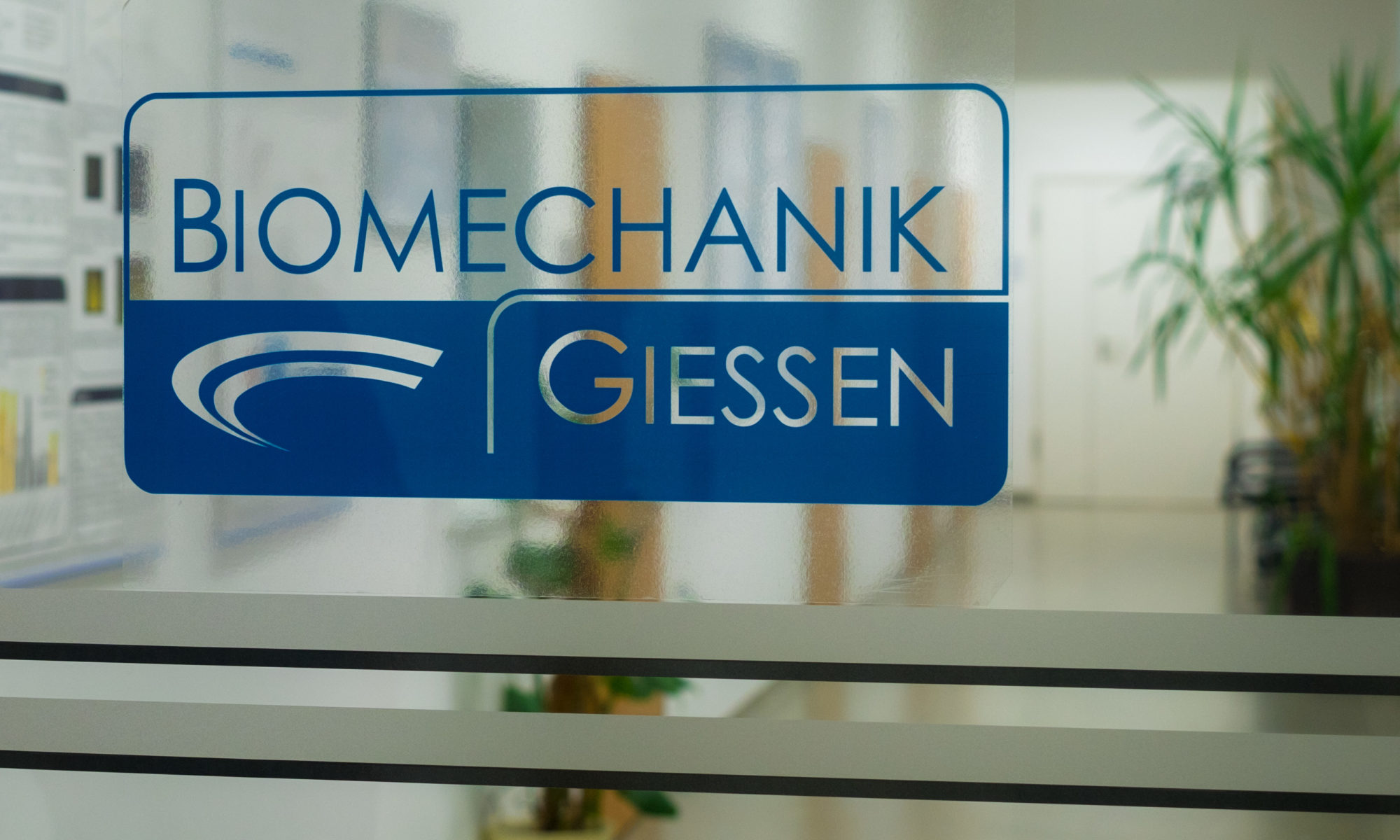Biomechanical testing of various suture techniques for Achilles tendon repair with and without augmentation by using synthetic polyester grafts.
Jahnke A 1, Gernandt M 1, Hudel H 2, Ahmed GA 3, Rickert M 3, Fonseca Ulloa CA 1, Stolz D. 4
J Biomech. 2019 Aug 27;93:132-139. doi: 10.1016/j.jbiomech.2019.06.021.
Epub 2019 Jul 2. PMID: 313374
- Laboratory of Biomechanics, Department of Orthopaedics and Orthopaedic Surgery, Justus-Liebig-University Giessen, Klinikstrasse 29, 35392 Giessen, Germany.
- Institute of Medical Informatics Medical Statistics, Medical Faculty of Justus Liebig University Giessen, Rudolf-Buchheim-Straße 6, 35392 Giessen, Germany.
- Laboratory of Biomechanics, Department of Orthopaedics and Orthopaedic Surgery, Justus-Liebig-University Giessen, Klinikstrasse 29, 35392 Giessen, Germany; Department of Orthopaedics and Orthopaedic Surgery, University Hospital Giessen and Marburg (UKGM), Klinikstraße 33, 35392 Giessen, Germany.
- Laboratory of Biomechanics, Department of Orthopaedics and Orthopaedic Surgery, Justus-Liebig-University Giessen, Klinikstrasse 29, 35392 Giessen, Germany; Department of Orthopaedics and Orthopaedic Surgery, University Hospital Giessen and Marburg (UKGM), Klinikstraße 33, 35392 Giessen, Germany. Electronic address: Dirk.Stolz@ortho.med.uni-giessen.de.
Abstract
Following surgical Achilles tendon reconstruction surgery, there is a distinct trend towards an early and faster rehabilitation protocol to avoid muscle atrophy. However, this procedure involves the risk of a higher complication rate. In order to reduce the occurrence of re-ruptures and pathological tendon extensions, a tendon reconstruction with the highest possible primary stability is desirable. Therefore, the aim of this study was to determine if augmentation using synthetic polyester tapes (QuadsTape™) could provide greater primary stability in case of different tendon suture techniques. 90 tendons of the superficial toe flexor of pigs were divided into 9 groups. The reconstruction method was combined using the factors suture technique (Kessler and Bunnell), augmentation (non-augmented and augmented with QuadsTape™) and defect type (end-to-end and 10 mm gap). The biomechanical measurements were performed on a material testing machine and consisted of a creep test, a cyclic test and a tear-off test. This study compared creep strain, ultimate load failure, maximum stress and stiffness. Irrespective of the type of defect involved, augmentation of the tendon sutures led to a significant increase of the maximum force (not augmented: 82.30 ± 25.48 N, augmented: 135.73 ± 30.69 N, p < 0.001) and the maximum stress (not augmented: 2.26 ± 0.83 MPa, augmented: 4.13 ± 1.79 MPa, p < 0.001). Furthermore, there was a non-significant increase in stiffness and no significant differences were observed with respect to creep strain. Augmentation of Achilles tendon reconstruction using QuadsTape™ increases composite strength and stiffness in the in vitro model, thus potentially contributing to the feasibility of early rehabilitation programs. Biological factors still need to be investigated in order to formulate appropriate indications.
KEYWORDS:
Achilles tendon repair; Augmentation; Mechanical properties; Suture technique
PMID: 31337495
DOI: 10.1016/j.jbiomech.2019.06.021
